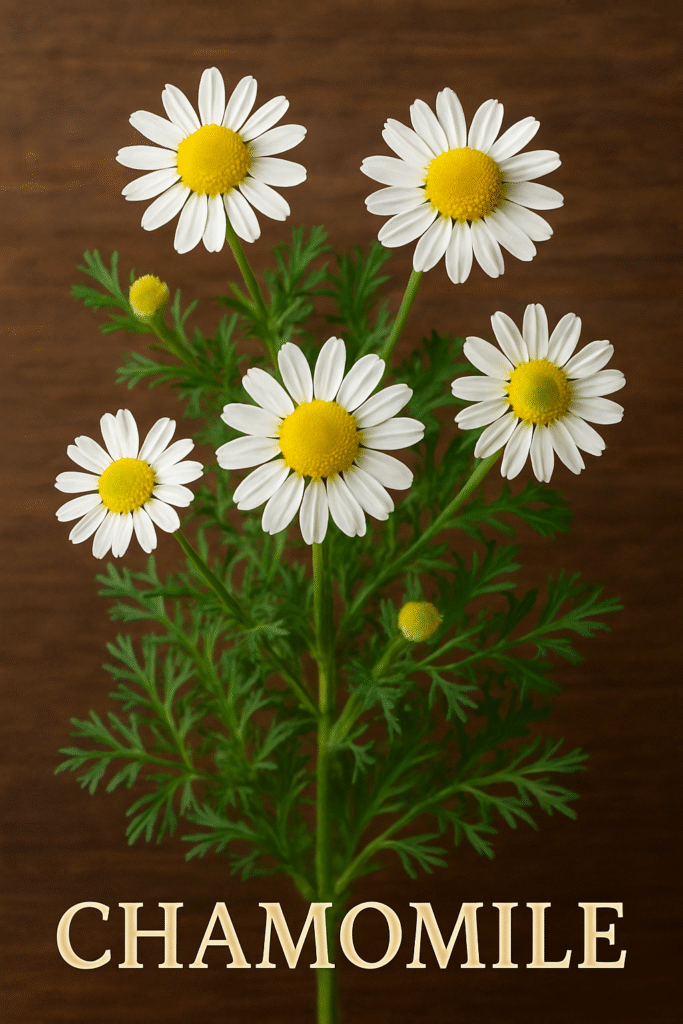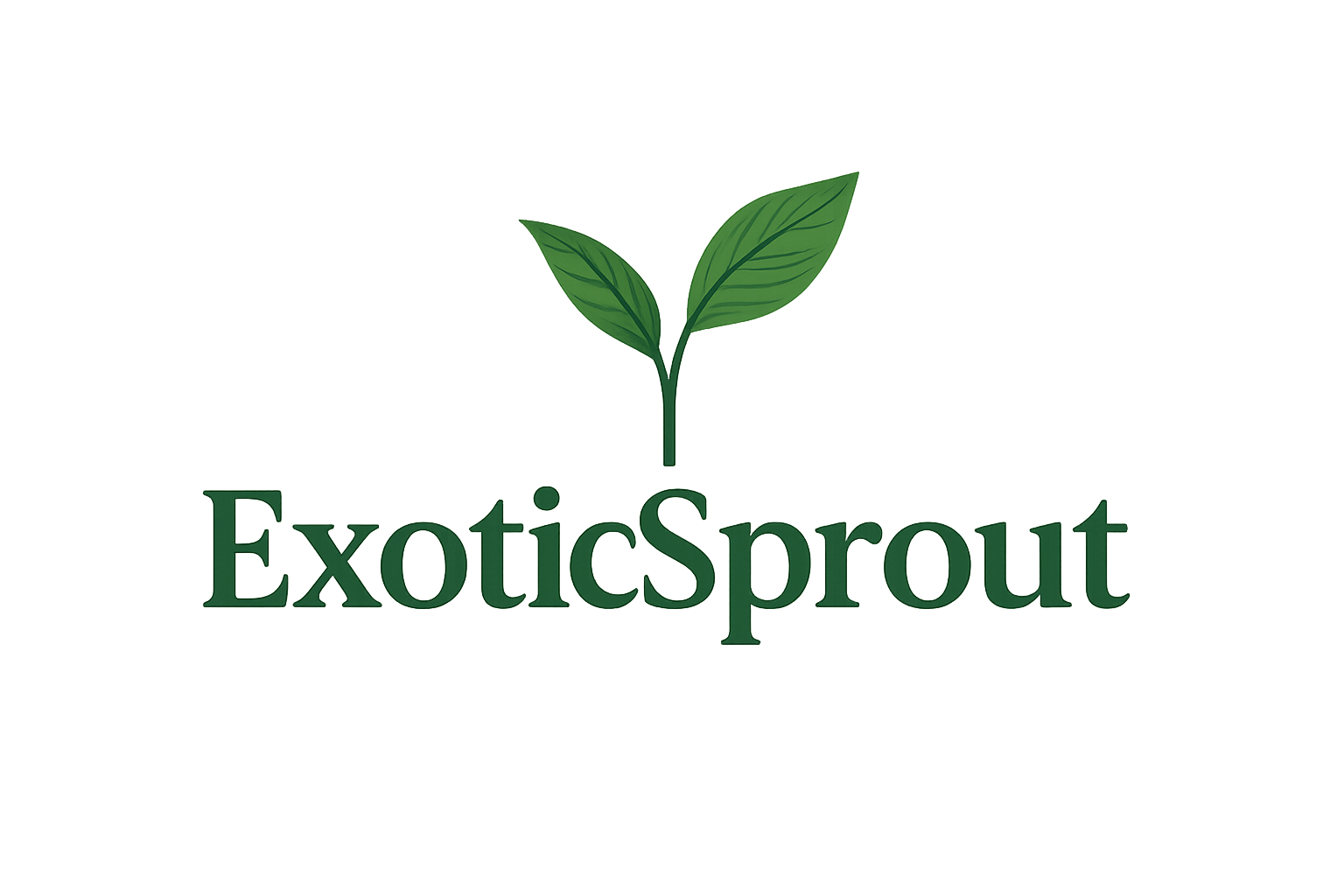Chamomile is one of the most cherished medicinal herbs in the world. Known for its delicate daisy-like flowers and soothing aroma, this humble plant has a long history of use in natural medicine, skincare, and wellness routines. In this article, you’ll discover what makes chamomile so special, how to use it, and why it remains a favorite in herbal traditions across the globe.
What is Chamomile?
Chamomile refers to several daisy-like plants in the Asteraceae family. The two most commonly used species for medicinal purposes are:
- Matricaria chamomilla (German chamomile)
- Chamaemelum nobile (Roman chamomile)
Both types are rich in flavonoids, terpenoids, and antioxidants, which give them their therapeutic properties. These plants are commonly used in herbal teas, skincare products, essential oils, and natural remedies.
Origins and Cultivation
Native to Europe and Western Asia, chamomile is now cultivated worldwide due to its adaptability and usefulness. It thrives in sunny locations with well-drained soil and can be grown easily at home, making it a favorite for herbal gardens.
Chamomile is also a pollinator-friendly plant that attracts bees and beneficial insects, promoting ecological balance in gardens and farms.
Key Benefits of Chamomile
Chamomile offers a wide range of health benefits that have been validated by traditional knowledge and modern research:
1. Natural Relaxant
Chamomile is best known for its calming properties. Drinking chamomile tea can help reduce stress, lower anxiety levels, and improve sleep quality. It’s often recommended as a gentle, non-habit-forming sleep aid.
2. Anti-inflammatory Agent
The anti-inflammatory compounds in chamomile help reduce swelling and irritation. It is often used topically to treat rashes, eczema, insect bites, and sunburns.
3. Digestive Support
Chamomile tea is effective in relieving bloating, gas, indigestion, and stomach cramps. Its carminative properties help relax the digestive tract.
4. Pain Relief
Chamomile may help alleviate mild aches and pains such as menstrual cramps, headaches, and muscle soreness when taken as a tea or applied as an essential oil.
Common Uses
Chamomile is incredibly versatile. Here are the most popular ways it’s used:
- Tea: Steep dried chamomile flowers in hot water for 5–10 minutes. Best consumed before bed or after meals.
- Compresses: Use cooled chamomile tea as a compress to soothe skin irritation, puffy eyes, or mild wounds.
- Aromatherapy: Chamomile essential oil is used in diffusers or massages to reduce anxiety and promote relaxation.
- Bath Soaks: Add chamomile flowers or tea to bath water for a calming and skin-soothing experience.
- Skincare: Chamomile extract is often found in natural lotions, soaps, and facial products, especially for sensitive skin.
Safety and Side Effects
Chamomile is considered safe for most people, but there are a few things to keep in mind:
- Allergic reactions: Individuals allergic to ragweed, daisies, marigolds, or chrysanthemums may also react to chamomile.
- Pregnancy and breastfeeding: While chamomile tea in moderate amounts is generally safe, concentrated extracts or oils should be used with caution.
- Medication interactions: Chamomile may interact with blood thinners, sedatives, and certain medications. Always consult a healthcare provider if in doubt.
Fun Facts About Chamomile
- The name chamomile comes from the Greek chamaimēlon, meaning “ground apple”, due to its apple-like scent.
- Ancient Egyptians dedicated chamomile to the sun god Ra and used it to treat fevers and skin conditions.
- In medieval Europe, chamomile was scattered on floors to release its fragrance when walked on during festivities.
Eco-Friendly and Sustainable
Chamomile is not only gentle on the body but also on the planet. Its resistance to pests and easy cultivation make it ideal for organic farming. As more people look for sustainable wellness options, chamomile continues to stand out as a top choice.
Conclusion
Chamomile remains one of the most beloved and trusted plants in the world of natural health. Its gentle nature, combined with its powerful healing properties, makes it a valuable addition to any herbal routine. Whether used as tea, in skincare, or simply enjoyed for its beauty in the garden, chamomile offers a natural way to support both body and mind.
If you’re building a herbal garden or exploring plant-based wellness, chamomile is a must-have. It’s a beautiful example of how nature provides simple, powerful solutions to everyday health and wellness needs.


